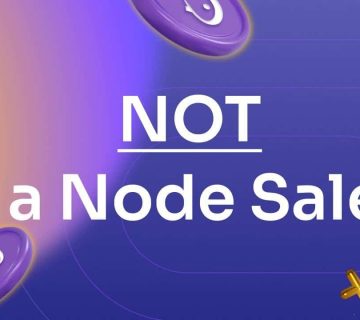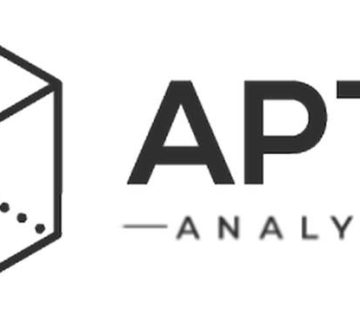A spot Bitcoin exchange-traded fund (ETF) has been one of the hottest topics over the past few years. Many investment companies, both traditional and crypto-oriented, have been filing multiple applications with the United States Securities and Exchange Commission over and over again.
On January 10th, 2024, the SEC finally gave the go-ahead and greenlighted a total of 11 Bitcoin ETF applications.
It’s been a hard-fought battle spanning many years, and if you want to check out the full timeline of the events, take a look at our detailed article on the matter:
Timeline of Events Leading to Spot Bitcoin ETF Approval in the United States
With the approval already a fact, it’s now critical to explore a very important subject – the difference between buying a spot Bitcoin ETF and buying Bitcoin directly and what might be better for you.
Here’s a quick table of comparison between both, while the following article provides a more in-depth look.
What is a Spot Bitcoin ETF?
Exchange-traded funds have been a cornerstone in the world of traditional finance for many years.
In essence, an ETF represents a basket (or individual) of assets, and it trades on an exchange just like a regular stock does. It can track the price of various types of assets, including but not limited to securities, commodities, or other assets. It can track multiple assets or just one (as is the case with the spot Bitcoin ETF).
In the case of the Bitcoin ETFs, they provide a traditional and well-regarded investment vehicle to gain exposure to the price of BTC.
There is, however, a technical difference between the ETF itself and the asset that it tracks. Since the ETF itself is a standalone product – it has a market of its own and trades independently of the asset that underpins it. This is why there might be a difference between the ETF price and the net asset value (NAV) of the underpinning product.
There are other important takeaways that characterize the Bitcoin exc
Go to Source to See Full Article
Author: George Georgiev




